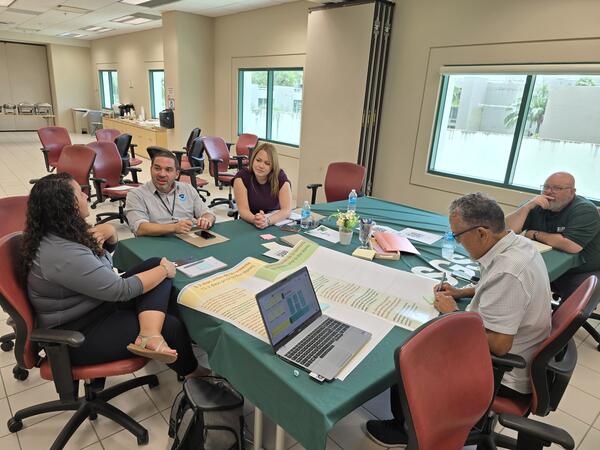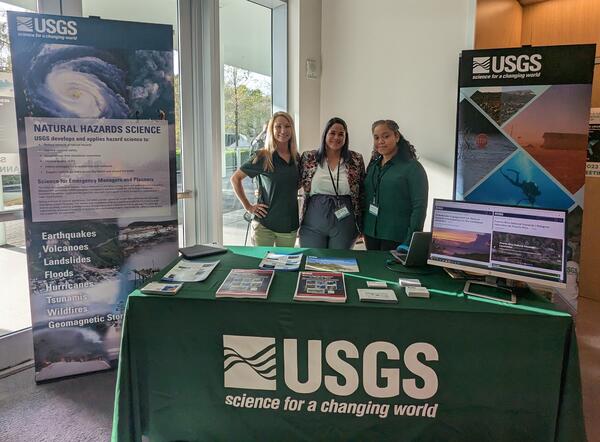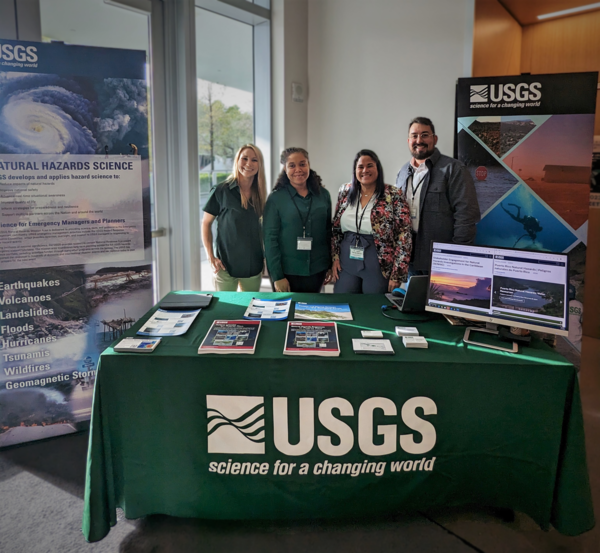Group Photo of the Mayagüez Session of the USGS Workshop in Puerto Rico Titled “Participatory Engagement for Storm Management”
linkGroup Photo of the Mayagüez Session of the USGS Workshop in Puerto Rico Titled “Participatory Engagement for Storm Management”Top row, from left to right: Priscila Vargas-Babilonia, Jaileen López Belén, Jack R. Friedman, Carmen Pérez, Milton Muñoz, Stephen Hughes, Ariam L. Torres-Cordero, Manuel Valdés-Pizzini, Carlos J. Carrero, Tania López, Adlin Melecio.
































